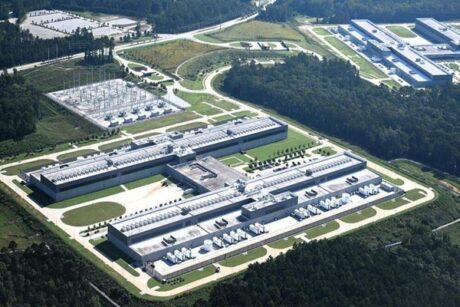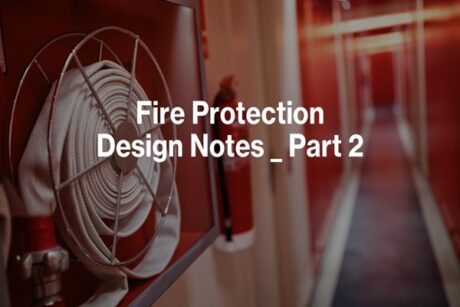- Course No E – 1792
- PDH Units: 4
No data found for Custom Course Number
No data found for Custom Course Units
- Course No E – 1792
- PDH Units: 4
Intended Audience: Mechanical and HVAC engineers, Architects, Building designers, Energy Auditors, Facility managers, Property & Estate managers, Operational & Maintenance Personnel, Sales & Marketing personnel, and General Audience.
PDH UNITS: 4
The ventilation rate inside a building is directly dependent on the number of occupants in the space. If we had the ability to economically count each person as they enter and exit the space, then we could provide exactly enough ventilation air to meet the needs of the quantity of people in the space. But in most buildings occupancy is not tracked in real-time and therefore finding the right balance in ventilating your building is a challenge.
Most HVAC engineers and designers design ventilation system on the maximum anticipated building occupancy. This results in a waste of energy and money, due to over-ventilation during lean periods. Demand Control Ventilation (DCV) is a ventilation control strategy that provides just the right amount of outside air the humans need, and no more. This accomplishes two things. First it saves energy by not heating or cooling unnecessary quantities of outside air. Secondly, it can provide assurance that sufficient outside air is being supplied for the number of occupants present.
This 4-hr course provides the framework necessary for integrating DCV into a HVAC system and includes background on ASHRAE ventilation standards. The course will take reader through the design process and calculations needed to understand, how to properly implement DCV strategy.
Learning Objectives
Upon completion of the course, the student should understand:- What is demand-controlled ventilation (DCV)?
- How is DCV different from fixed ventilation strategy?
- Which spaces would benefit most from DCV?
- What is CO2 based ventilation and what is the relationship between CO2 and the outside airflow rate into the space?
- How do you determine whether your space is appropriate for DCV?
- How to estimate the minimum ventilation rate and the base ventilation rate for non-occupant related sources?
- What are the primary differences between the ASHRAE 62-(1989 thru 2001) standards with ASHRAE 62-2004 standard?
- What type of CO2 sensor specifications is appropriate for the ventilation control?
- What is the ideal location of CO2 sensors for constant volume and variable volume systems? How quantity of CO2 sensors is determined?
- What are the commissioning requirements for CO2 based DCV?
- What are the important design issues that need to be accounted in design of CO2 based DCV?
- What important building codes/standards other than ASHRAE apply to DCV?
Course Reviews
3
- 5 stars0
- 4 stars0
- 3 stars1
- 2 stars0
- 1 stars0
Once completed, your order and certificate of completion will be available in your profile when you’re logged in to the site.











I enjoyed the info in the course. However, I have major technical issues with this course. I kept being logged off. Very poor technical setup